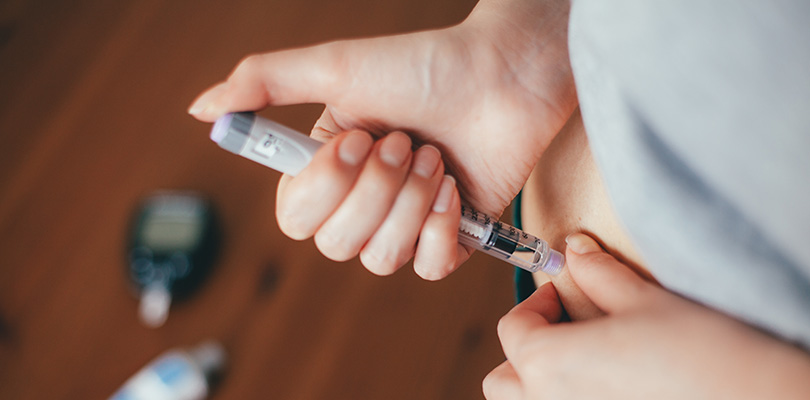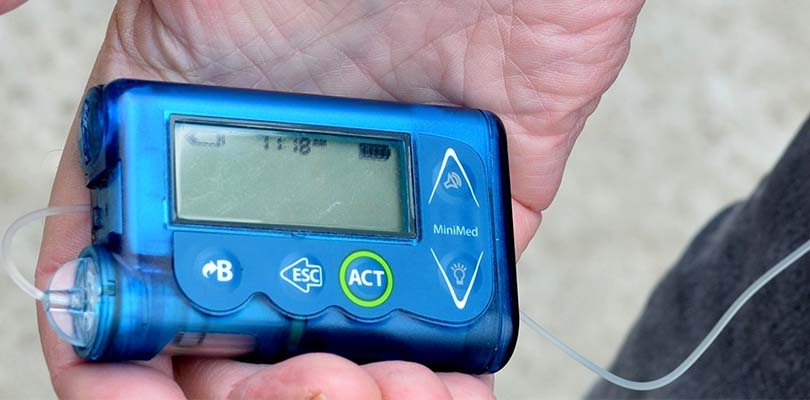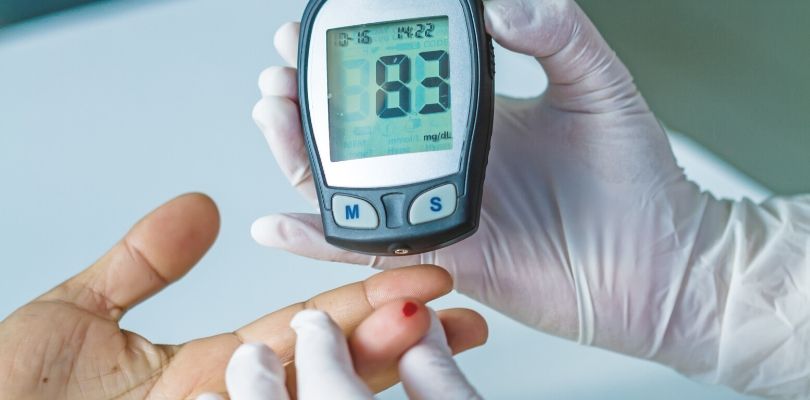Insulin for Diabetes
As many people are aware, insulin treatments are an essential part of a diabetic’s health plan. While not all diabetics require insulin treatments, many do. The amount and regularity of the injections depend on the person’s specific needs. However, it’s important to understand what insulin treatments are and what the different types do for the body.
Insulin first became available in 1925. However, we have certainly come a long way since it was first introduced. In fact, insulin used to be extracted from pork and beef pancreases until medical research discovered a way to create human insulin synthetically.
While human insulin replaced pork and beef insulin, insulin analogs are now slowly replacing human insulin. It’s incredible how so many medical advances have occurred to fine tune a treatment that millions of people need.
What Is Insulin?
Beta cells within the pancreas make a substance called insulin. Every time we consume food, the beta cells work to either release insulin or store blood glucose that keeps the body functioning correctly.
Individuals with type 1 diabetes no longer make insulin, and those with type 2 diabetes still produce insulin, but the body doesn’t respond probably to it. When this occurs, then insulin treatments may be necessary.
It’s important to know the limitations of insulin in order to understand why only injectable treatments are available.
For example, insulin can’t be consumed in a pill form because it would be broken down during digestion and the body would never actually receive it in the proper form. That’s why an injection must be made in the fat under the skin so it can be released in the bloodstream.
However, there are multiple options for insulin treatment for diabetics available.
Types of Insulin for Diabetes
You’ll readily see that insulin injections are classified by how quickly they act. Of course, the needs of the patient will determine which option is right for you.
For some diabetic patients, it is only necessary to have insulin treatments for overnight or periods of time that they must not eat (such as fasting for a medical procedure) while other people require insulin injections at mealtimes.
Heart disease is a common complication in diabetics. Read on to learn more about how diabetes affects the heart and ways to reduce your heart disease risk.
- Rapid-acting insulin refers to injections begin to work only 15 minutes after injection and typically peaks after one hour of injection. The treatment continues to work for two to four hours.
- Regular or short-acting insulin begins to work 30 minutes after it is injected, peaks at about three hours after injection, but continues to work through the bloodstream for three to six hours.
- Intermediate-acting insulin begins to work two to four hours after injection, peaks between four to twelve hours and continues to work through the bloodstream for twelves to eighteen hours following the injection.
- Long-acting insulin actually enters the system many hours after the initial injection. It continues to release insulin in the body over a 24-hour period.
How Does Insulin Work?
Insulin injections work to ensure that the body has proper insulin in the system. The type of injection used depends on when you need the most help stabilizing insulin the body.
For example, fast-acting insulin is used to control the blood sugar levels while eating and snacking. Intermediate-acting and long-acting work to control blood sugar overnight or in the event that you must fast.
Doctors will work with patients to understand which type of injections work for each individual. The idea is to make sure that people are never “bottoming out” and that their insulin levels are kept as consistent as possible.
How to Use Insulin Injections
Insulin injections can only be prescribed by a doctor. Nobody should ever share their insulin with another person, even if the person also has diabetes. Remember, people have different insulin needs and what works for one person may not work for another.
Essentially, insulin is injected just under the skin in the fatty tissue of the body. Many people opt to self-inject in easily accessible parts of the body such as the arm or thigh.
Overview
Whether you or someone you know has diabetes that requires insulin injections, it’s important to have an overview understanding of what the different types of injections do for the body. Of course, it’s important to only administer insulin injections for yourself or someone you know if you have been instructed to do so by a doctor.
If you suspect you may have diabetes, it’s important to discuss it with your doctor so proper testing can be administered. Insulin injections require a doctor prescription.







